Scientists have unearthed 6-million-year-old ice in Antarctica, offering the oldest direct record of Earth's ancient atmosphere and climate. The finding reveals a dramatic cooling trend and promises insights into greenhouse gas changes over millions of years. The samples were found in the Allan Hills region of East Antarctica, an area long known to preserve ancient ice near the surface.
According to a study published on October 28 in the Proceedings of the National Academy of Sciences, the ice is about 6 million years old. Tiny air bubbles sealed within the ice provide a rare and direct glimpse into Earth's ancient atmosphere, allowing researchers to analyze the composition of the air and the climate conditions at the time. The study's lead author, Dr. Joseph McConnell, a glaciologist at Oregon State University, explained that the discovery of this ancient ice is a significant breakthrough for climate science. "This ice core provides a unique window into the past, allowing us to study the Earth's climate over millions of years," Dr. McConnell said.
The 6-million-year-old ice core was collected in the Allan Hills region of East Antarctica, an area known for its well-preserved ice due to its low snowfall and lack of glacial movement. The ice core was extracted using a specialized drill, which allowed researchers to collect a continuous sample of ice from the surface down to a depth of 1,000 meters. The ice core was then transported to a laboratory for analysis, where researchers used a technique called gas chromatography to extract and analyze the air bubbles trapped within the ice.
The analysis of the air bubbles revealed a dramatic cooling trend over the past 6 million years, with temperatures dropping by as much as 5 degrees Celsius. This cooling trend is consistent with other studies that have shown a significant decrease in global temperatures over the past few million years. The study's findings also suggest that greenhouse gas levels were much higher in the past than they are today, which could have contributed to the cooling trend.
The discovery of this ancient ice has significant implications for our understanding of the Earth's climate and its response to greenhouse gas changes. "This study provides a unique perspective on the Earth's climate over millions of years, and it highlights the importance of studying the Earth's past to understand its future," said Dr. Eric Steig, a climate scientist at the University of Washington. The study's findings also have implications for our understanding of the Earth's natural climate variability and its response to human-induced greenhouse gas emissions.
The researchers plan to continue studying the 6-million-year-old ice core to gain a better understanding of the Earth's climate over millions of years. They also plan to use the ice core to study the Earth's natural climate variability and its response to greenhouse gas changes. The study's findings have significant implications for our understanding of the Earth's climate and its response to human-induced greenhouse gas emissions, and they highlight the importance of continued research into the Earth's past to understand its future.
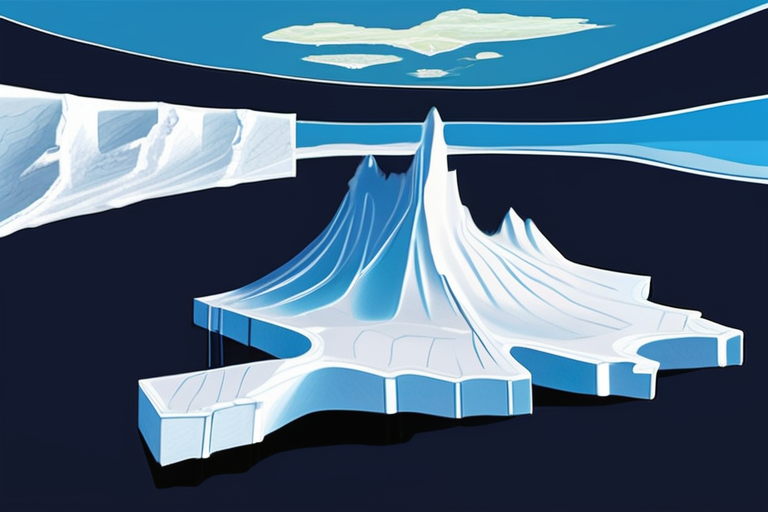

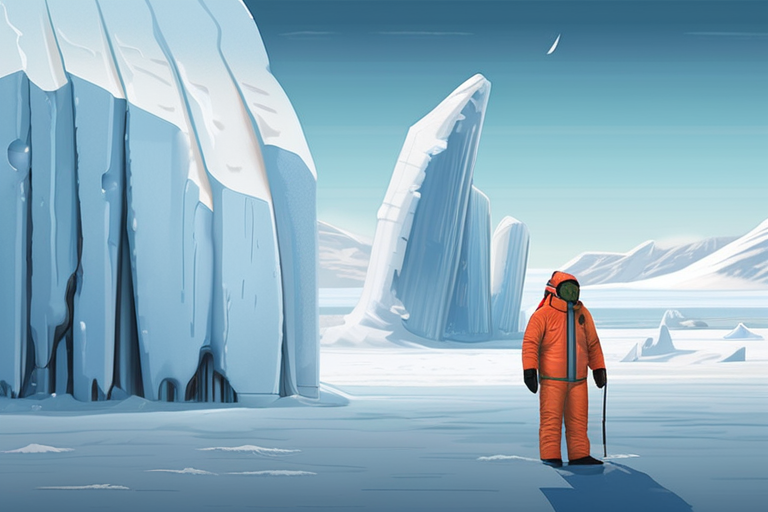




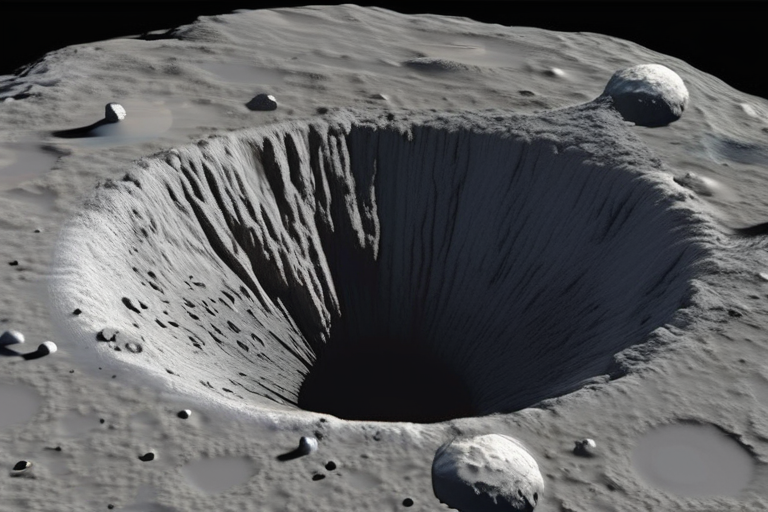

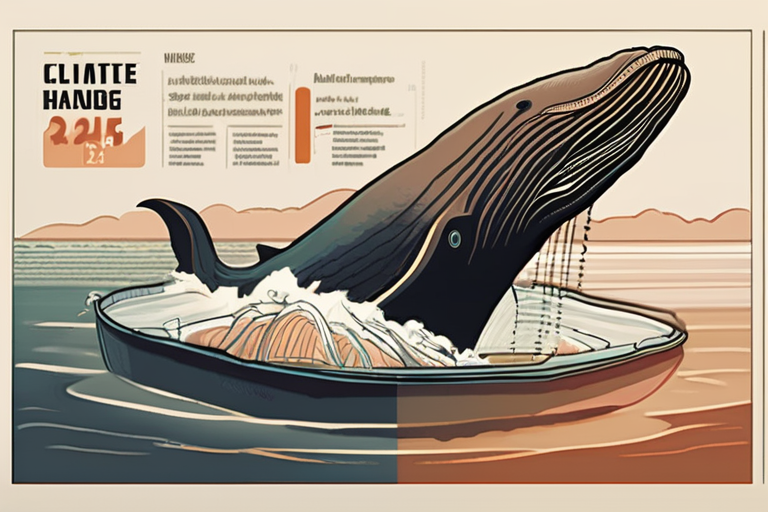
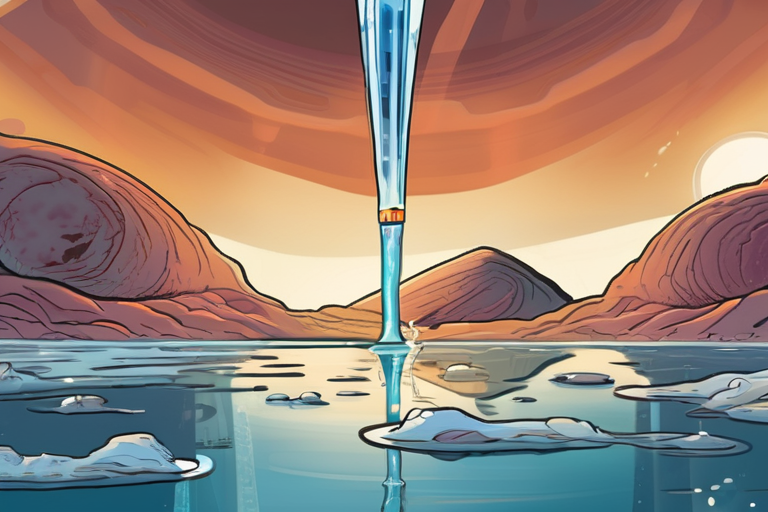
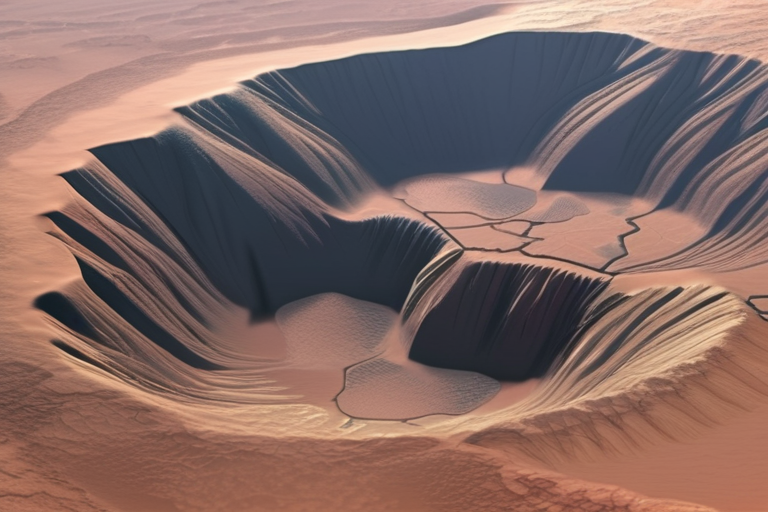



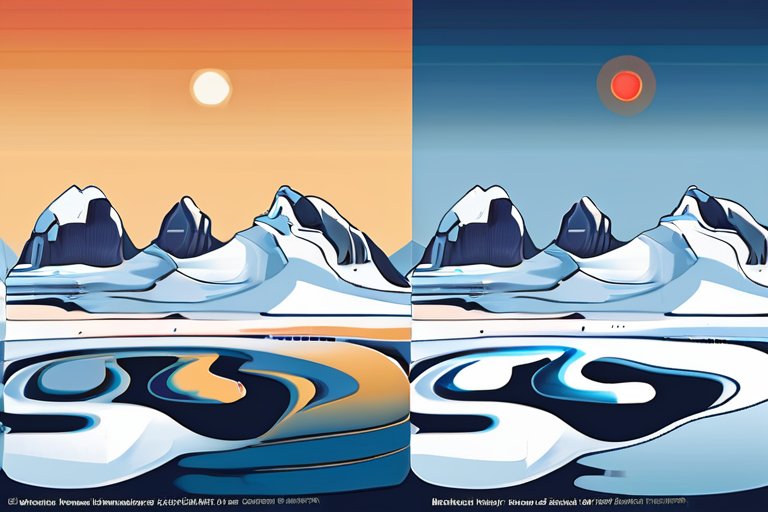
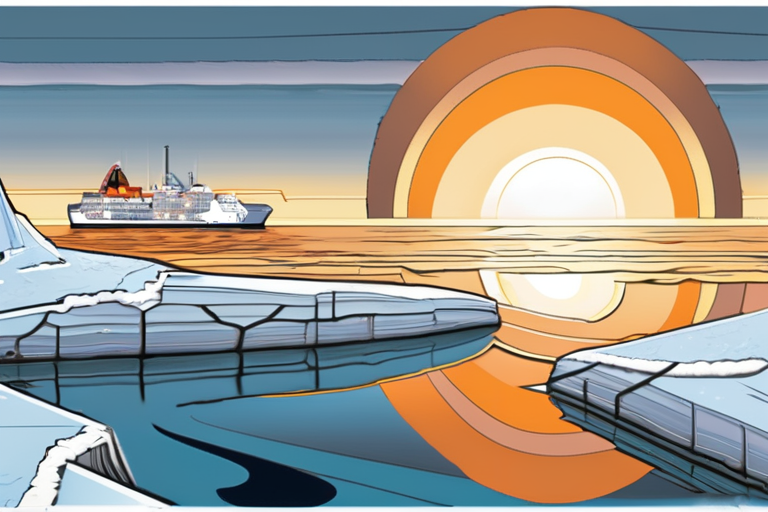

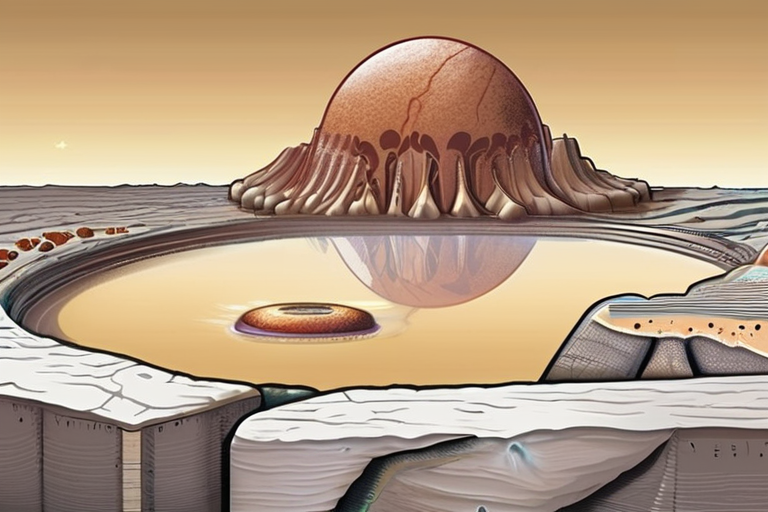
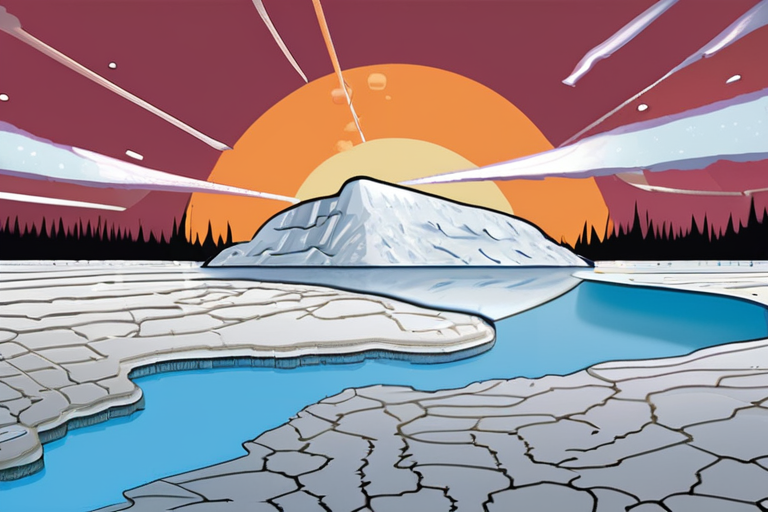



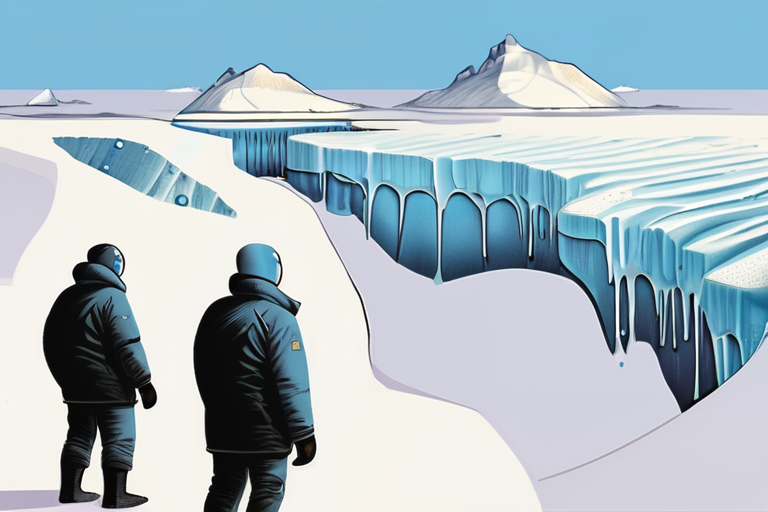

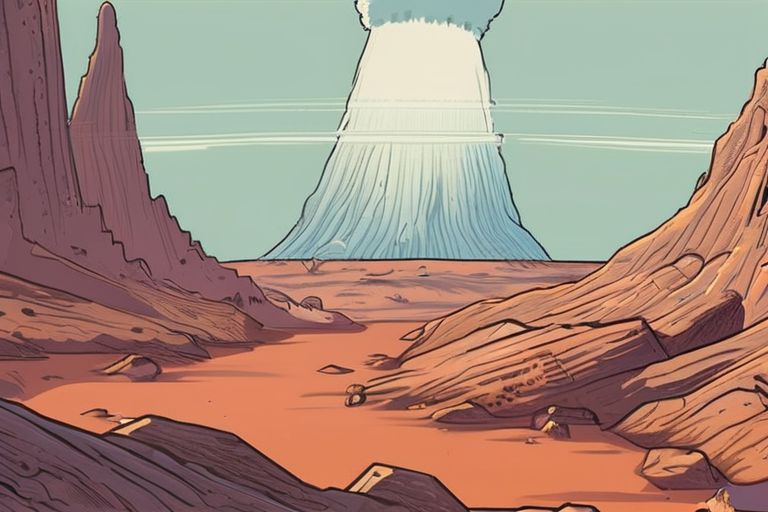
Share & Engage Share
Share this article